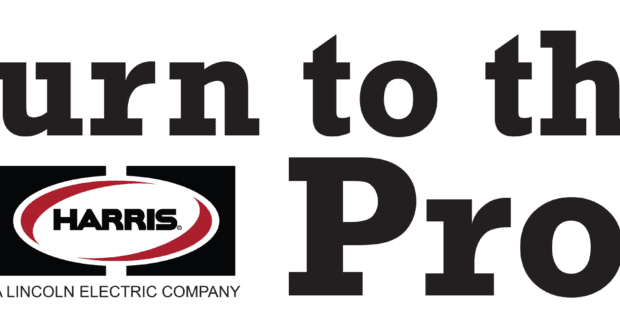Not a Safe Practice: Repairing Flood-damaged Gas Apparatus Equipment
To prevent serious accidents and injuries, this type of equipment should be replaced instead of repaired or refurbished.
Posted: October 26, 2022
As the floodwaters impacting Florida’s Gulf Coast from Hurricane Ian recede and clean-up efforts get underway, it is tempting to save and refurbish as much equipment as possible. When it comes to gas equipment including regulators, torches and manifolds, however, the risks of injury are too great to make it worthwhile to repair them.
A technical service bulletin from the Harris Products Group offers an overview of the safety issues that can occur when using equipment damaged by floodwaters.
“Severe weather events are a good reminder about the risks involved with trying to reuse gas apparatus equipment that has been exposed to waterborne chemicals or other contaminants present in flood waters,” said David Gailey, manager of specialty gas products at Harris. “To prevent serious accidents and injuries, this type of equipment should be replaced instead of repaired or refurbished.”
Gailey said the potential personal safety risks to operators and the resulting legal liability associated with the reuse of a contaminated gas apparatus product far outweighs the very limited savings that might result from a standard repair or even total reconditioning.
Potential risks associated with reusing flood contaminated equipment are numerous. Here are a some of the top concerns.
Risks with gas regulators:
- Heat of recompression fires in contaminated oxygen regulators
- High pressure safety device failure due to debris contamination
- Pressure gauge explosion as a result of internal gauge failure due to contamination
- Damage to personnel or downstream equipment as a result of regulator performance failure due to contamination
Regulators and other high-pressure devices can fail in days, weeks or even months after exposure, even after a repair if it is not done properly and thoroughly due to internal part corrosion or inadequate repairs.
Risks with torches:
- Flashback, backfires and sustained backfires as a result of flood contaminants
- Flashback arrestors, if exposed to flood waters, can become damaged and clogged irreversibly, rather than being safety devices they could become hazards themselves
- Oxy-fuel torches and related equipment, unless completely disassembled, including un-brazing of some parts, and thoroughly cleaned and degreased, could result in failure due to contamination
Risks with manifolds:
- Downstream gas contamination in pipelines and or process equipment
- Heat of recompression fires in contaminated oxygen pipelines/systems
- Pipeline protection failure potentially resulting in injury or extreme harm
Subscribe to learn the latest in manufacturing.




